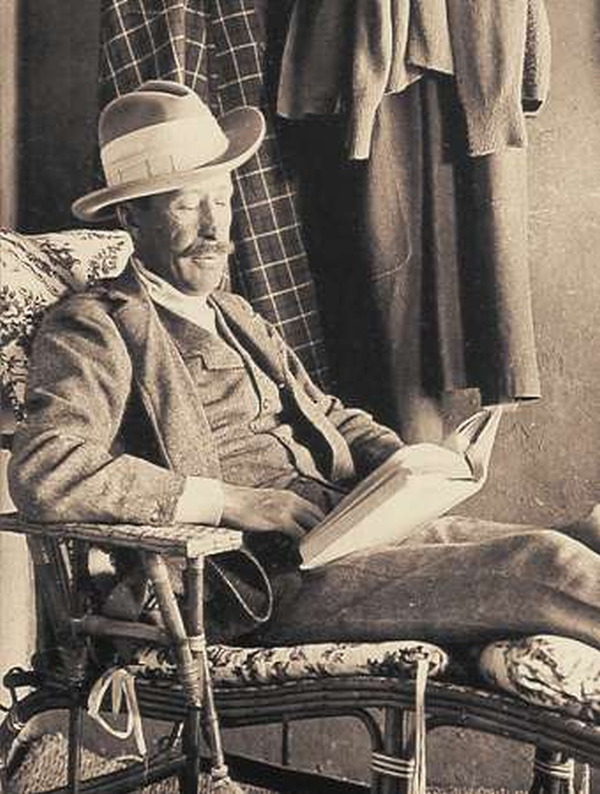Pharaohs were buried quietly in the Valley of the Kings on the bank of the Nile River in Egypt for thousands of years. To this day, 64 tombs opened. The most famous is Tutankhamun’s tomb, which was discovered in 1922 by Lord Howard Carter.
So, it all started in the1920s, when Egyptian hieroglyphs were first deciphered. Researchers discovered Curse and death wishes on the walls of the Egyptian tombs, intended to deter tomb robbers – but most of the time, they did not succeed.
The curse of the pharaohs, also known as the mummy’s curse, is said to be put upon anybody who disturbs the mummy of an ancient Egyptian, particularly a pharaoh. It is said that this curse, which does not distinguish between criminals and archaeologists, causes poor luck, disease, or death.
Will you offer us a hand? Every gift, regardless of size, fuels our future.
Your critical contribution enables us to maintain our independence from shareholders or wealthy owners, allowing us to keep up reporting without bias. It means we can continue to make Jewish Business News available to everyone.
You can support us for as little as $1 via PayPal at office@jewishbusinessnews.com.
Thank you.

So, what was the truth behind the curse?
According to British Channel 4’s documentary, “Tutankhamon: Secrets of The Tomb” by anthropologist Ella El Samhi, which aired Sunday in the UK, some of the stories were clearly fabricated, due to competition between two British journalists.
El Samhi founds that journalist Arthur Vigal, published a story, which became a legend. Expert Bob Bianchi explained: “Arthur Vigal is a fascinating person. He was certified as an Egyptologist but then changed direction, in a sense, and became a journalist for the Daily Mail, a competitor of the London Times. Vigal could not get the full scientific information from Carter because the Times had exclusivity.”
The new documentary depicts Lord Carnarvon, best known as the financial backer of the search for and excavation of Tutankhamun’s tomb, being very amused by the discovery and joking while entering the tomb.
Bob Bianchi said: “I think Vigal said that Lord Carnarvon was too happy and sinned in the sin of pride. the Daily Mail reported he allegedly said: ‘If Lord Carnarvon enters the grave in the mood this one, he will die within six weeks.”
Surprisingly, Lord Carnarvon and a number of other people who worked with him in the excavation were found dead within six weeks.
“For the newspapers, these exotic deaths were a gold mine and they started making up more and more stories about the curse of Tutankhamon,” the documentary said. “They were hungry for stories, and reporters added more names to the dead list.”
“There was a lot of hysteria at the time,” El Samhi tells The New Arab. “The press went berserk, but no one asked questions that should have been asked – like why did no Egyptian worker die from the curse?”

Carnarvon was bitten by a mosquito, which was then infected by a razor cut. According to contemporary accounts, he died on April 5 at the Continental-Savoy Hotel in Cairo from blood poisoning developing into pneumonia.
Among the proposed explanations for the phenomena was that the tombs were dark and stifling, posing a health risk to anybody who entered them. One of the accusations was that the cause of death was a fungus that formed on the grave sites and contaminated the investigators. In a contemporary newspaper piece, Sir Arthur Conan Doyle theorized that intentionally putting mold fungus was to punish tomb thieves.
High concentrations of ammonia, formaldehyde, and hydrogen sulfide were identified in air samples obtained from a sealed tomb through a drilled hole. These gases are poisonous, and some of the chemicals found, such as nerve gas, can harm the health of the person inhaling them. Today, archaeologists use protective masks when approaching areas containing tombs since they are aware of the bacterial activity that can enter open wounds and transmit infection.
Despite the curse, most people who attended the uncovering of the tomb did not die in subsequent years, and some even survived.
According to Wikipedia, ideas such as deadly fungus and toxic fumes do not explain why none of the ten individuals who removed the mummy’s wrappings died in the subsequent years. In addition, several of the deaths could not be attributed to poisoning.
Consequently, a French archaeologist slipped during the tour and succumbed to his injuries. An X-ray technician dispatched to examine the mummy died en route to his destination. And Carnerbon’s secretary’s father committed suicide. Even the tomb’s discoverer, Carter, did not pass away until 1939 at the age of 64 from lymphoma.
Keep in mind that despite the belief in the curse, most who attended the tomb’s opening did not die in the years that followed, and some even survived. According to Wikipedia, explanations such as poisonous fungus and toxic gases do not explain why none of the 10 people who removed the shrouds from the mummy died in later years. In addition, some of the deaths linked to the affair occurred for reasons that could not link to poisoning. Thus, for example, a French archaeologist fell while visiting the site and died of his wounds. An X-ray technician sent to inspect the mummy died before reaching his destination. And the father of Carnerbon’s secretary committed suicide. Even Carter, who opened the tomb, died only in 1939 at 64 from lymphoma.




